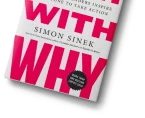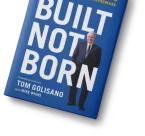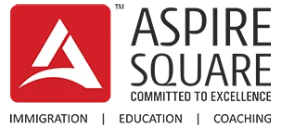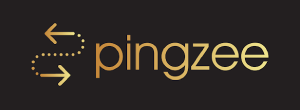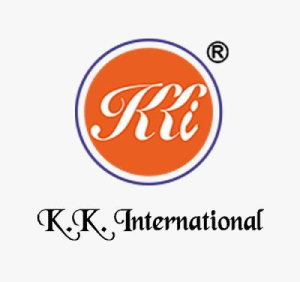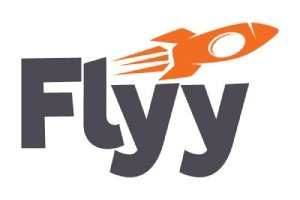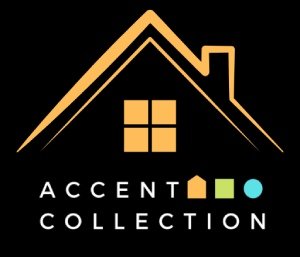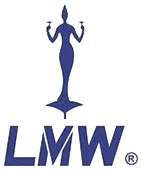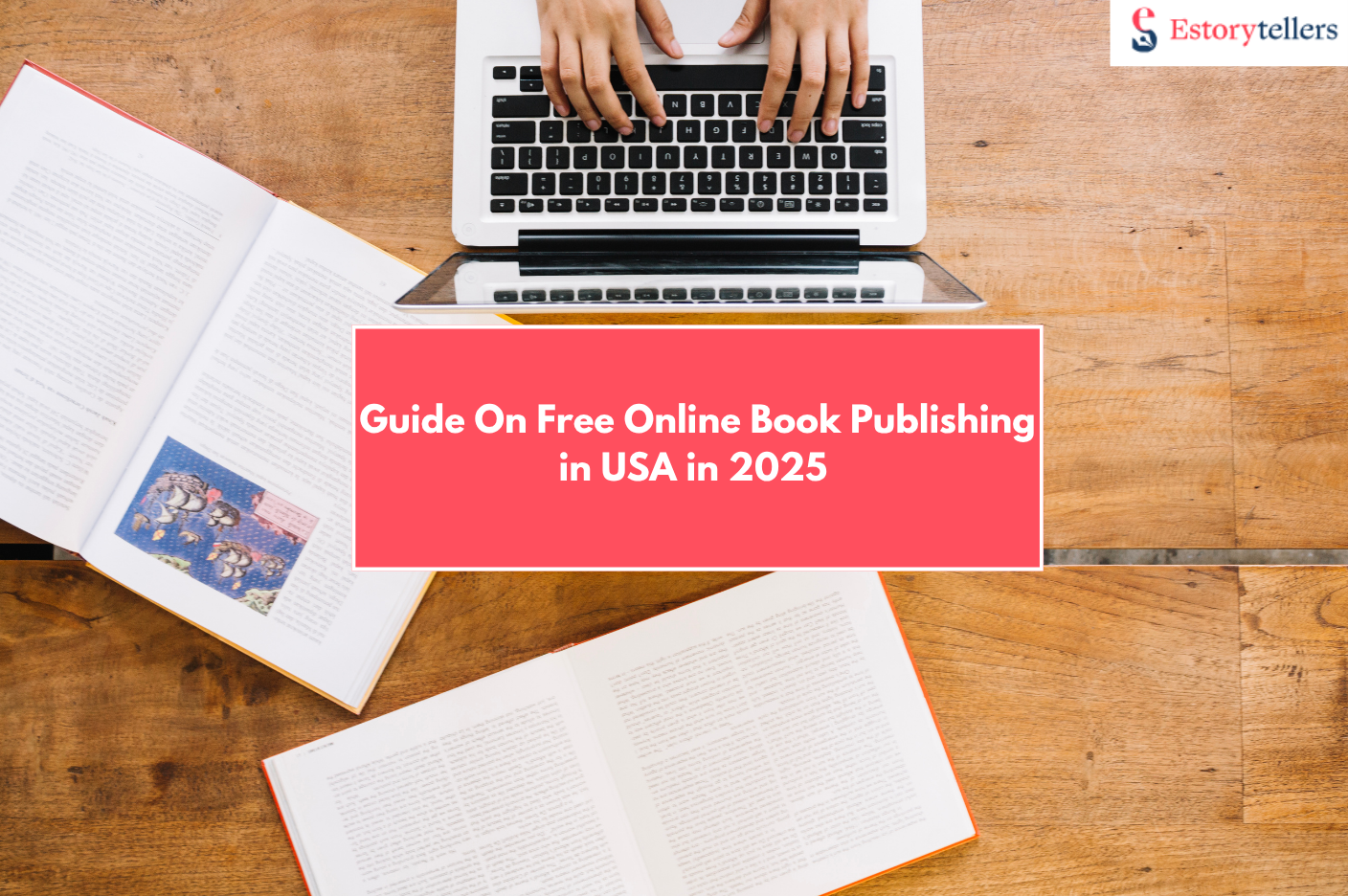
“Free book publishing in the USA” sounds like a dream for new authors. In reality, it usually means free to upload, not free to publish well. Platforms like Amazon KDP, Lulu, or Draft2Digital let you upload a book without upfront charges. But real publishing involves editing, design, and marketing, all of which affect how readers perceive your work. Many authors assume that free means costless, but it often means you trade something else, such as your imprint rights, file ownership, or control over metadata.
Before choosing any free book publishing platform, understand what’s truly free, what’s tied to hidden costs, and when it makes sense to invest in your own ISBN. Amazon’s free ISBNs work fine for many, but Bowker-purchased ISBNs help authors protect their brand identity and gain control over listings across platforms.
At Estorytellers, we’ve helped hundreds of authors publish through Amazon and other free book publishing in the USA while keeping ownership and creative control intact. We guide authors through smart ISBN decisions, policy-safe review setups, and platform verifications that prevent loss of rights.
This guide is prepared by Estorytellers, a US-focused publishing team that has launched 200+ titles on Amazon and other free book publishing sites. We maintain an ISBN Decision Matrix, Free Publishing Cost Map, Policy-Safe Review Kit, and Platform Verification Scorecard that help authors choose free options safely without sacrificing long-term growth.
Self-Publish Without Ads
Estorytellers helps authors publish their books with zero ad interference, giving full control over pricing, distribution, and rights.
What’s Actually Free and What Isn’t
Many writers searching for Amazon free book publishing or free online book publishing assume it means the entire process costs nothing. That is not the case. While uploading your manuscript to platforms like Amazon KDP or other free book publishing sites is typically free, the real work of publishing involves costs that affect book quality, discoverability, and your rights.
Free to Upload
- Creating an account and uploading a manuscript is usually free on platforms offering free book publishing programs.
- Kindle eBooks receive an automatic ASIN, while print editions may include a free ISBN if you choose the platform-provided option.
Costs You Cannot Avoid
Even with free online book publishing, expect to spend on:
- Editing, copyediting, and proofreading to meet professional standards.
- Cover and interior design, eBook conversion, and layout formatting.
- Proof copies for print books to check trim, margins, and color accuracy.
- ISBNs if you want ownership, rather than using a free book publishing in the USA with an ISBN option.
- Optional promotional campaigns or advertising for visibility.
Hidden Costs in Free Programs
- Upsells such as press releases, paid reviews, and “guaranteed bestseller” bundles.
- Accepting free assets can limit your ownership or reuse rights.
- Platforms may restrict metadata control, native file handbacks, or future edits.
Finance Lead: “Treat ‘free’ like a trial, not a total budget.”
Mini Case
A debut nonfiction author chose to skip editing to remain “free.” Early readers cited unclear phrasing and formatting issues. After investing $1,100 in professional copyediting through Estorytellers, the book’s clarity and conversion rate improved significantly the following month.
Free Publishing Cost Map
| Cost Type | Truly Free | Typical Paid |
| Account Creation / Upload | Free on Amazon KDP and other platforms | N/A |
| Editing / Copyediting | N/A | Professional proofreading, structural edit, copyedit |
| Cover & Interior Design | N/A | Designer fees for print and eBook layout |
| eBook Conversion / Formatting | Basic auto-conversion by platform | Custom formatting for Kindle, EPUB, or fixed-layout |
| Proof Copies | None | Print proofs for trim, margins, color accuracy |
| ISBN | Free platform-provided ISBN (KDP) | Purchase from Bowker to retain publisher identity |
| Marketing / Ads | Optional | Paid campaigns, promotions, paid press releases |
| Upsells / Extras | N/A | Bundles, press releases, guaranteed bestseller packages |
This table helps authors see which elements of free online book publishing are truly free and which require investment to maintain quality and control.
Control Every Aspect of Your Book
From editing and cover design to KDP publishing, Estorytellers ensures your self-published book remains fully yours.
ISBN vs ASIN: Who’s the Publisher of Record?
Kindle ASIN vs Print ISBN
Kindle eBooks automatically receive an ASIN. You can publish without buying an ISBN. Print books, however, need an ISBN to list in distribution channels. You can use KDP’s free ISBN or buy your own from Bowker. Choosing the right option affects your imprint identity, library eligibility, and control over metadata.
Free ISBN (KDP) vs Bowker (You Own)
KDP’s free ISBN lists Amazon as the publisher of record. This works for many indie authors, but you give up imprint branding. Buying a Bowker ISBN ensures your name or imprint shows as the publisher, which helps if you plan multiple formats, library distribution, or wider retail reach.
When to Buy Your Own ISBN
- You want a lasting imprint brand.
- You plan multiple formats: hardcover, paperback, eBook, and audio.
- You expect library or wholesale sales.
Metadata Lead: “Your ISBN isn’t just a number. It’s your nameplate. It defines your imprint across all formats.”
ISBN Decision Matrix
| Goal | Use Free KDP ISBN | Buy 10-pack Bowker | Buy 100-pack Bowker | Publisher of Record |
| Fast upload / first edition | Yes | Optional | Optional | Amazon (KDP) |
| Imprint branding | No | Yes | Yes | Your imprint |
| Multi-format control | No | Yes | Yes | Your imprint |
| Library & wholesale distribution | No | Yes | Yes | Your imprint |
| Translation & audio editions | No | Optional | Yes | Your imprint |
Case Study
A series author bought a 10-pack Bowker ISBN to keep a consistent imprint across eBook, paperback, and future hardcover releases. This choice allowed libraries to recognize the imprint and ensured metadata control on every platform.
No Ads, Full Visibility
Reach readers globally without any promotional distractions. Estorytellers helps you maintain ad-free distribution for a clean reader experience.
Reviews the Right Way: Policy-Safe Social Proof
What You Can Ask
Authors can request honest feedback through ARC (Advanced Reader Copy) outreach. Never offer incentives, discounts, or gifts in exchange for reviews. Use Author Central to display Editorial Reviews such as blurbs, press mentions, or professional endorsements, separate from customer reviews. These reviews help build credibility without violating Amazon’s policies.
What to Avoid
Avoid paid customer reviews, review swaps, or asking family and friends to leave positive reviews. Do not use language that implies reviews must be favorable. Following these rules keeps your book listing safe from takedowns or penalties.
If Reviews Disappear
Sometimes, reviews are removed. Provide proof of legitimate orders or ARC distribution. Contact Amazon support calmly with documentation to restore policy-compliant reviews.
ARC Coordinator at Write Right: “Ask for honest reviews and place Editorial Reviews where they belong. Policy compliance protects both author and reader trust.”
Policy-Safe Review Kit
| Step | Details |
| Outreach Email Template | Ready-to-use message requesting honest ARC reviews |
| Disclosure Line | Statement noting the reviewer received a free copy for feedback |
| Editorial Reviews Placement | Instructions for Author Central placement |
| Review Log Sheet | Track name, outlet, date, and link of each review |
| Compliance Check | Ensure no incentives, swaps, or implied positive reviews |
Case Study
A US memoir author switched to the policy-safe template and Editorial Reviews placement. Reviews remained live and visible. ARC outreach continued without risking removal, resulting in improved reader trust and steady early sales.
“Free with ISBN” Claims and Platform Risks: Verify Before You Upload
Common Traps
Many authors are drawn to “free” book publishing platforms offering a free ISBN, but these offers often come with hidden limitations:
- Platform as Publisher of Record: The platform, not you, is listed as the publisher. This can affect your imprint identity, library eligibility, and future multi-platform distribution.
- Exclusive Distribution Requirements: Some free ISBN deals tie your book to a single retailer or platform, making it hard to republish elsewhere.
- Hidden Fees and Upsells: Platforms may charge for print proofs, formatting, or metadata edits despite the “free” claim.
- Limited File Access: Native files such as EPUB, InDesign, or KPF may not be returned. Without these, you cannot easily update, republish, or convert your book for other platforms.
Understanding these traps helps prevent lost control and unexpected costs. Authors should treat “free ISBN” offers as a convenience, not a long-term publishing solution.
Proof to Request
Before accepting any free ISBN or free publishing program, request clear, written proof of what is included and what is restricted:
- Publisher of Record Details: Confirm exactly who is listed in each format.
- Native File Handback: Ensure the platform will give you EPUB, InDesign, or print-ready PDFs after publishing.
- Fee Transparency: Ask for all potential fees, including uploads, print proofs, distribution, or optional services.
- Rights Granted: Document what rights you are giving to the platform and for how long.
- Support SLAs: Verify response times and escalation paths in case of technical or compliance issues.
These steps prevent surprises and safeguard your long-term publishing freedom.
Safer Defaults
- Use Bowker ISBNs: Owning your ISBN protects your imprint identity and gives you control over future editions, translations, or audio versions.
- Keep All Source Files: Always retain the original EPUB, PDF, or InDesign files for updates, revisions, and multi-platform publishing.
- Free ISBN Caution: If you choose a free ISBN, assume the platform or Amazon will be the publisher of record. Plan metadata and listing strategy accordingly, and understand that you may have limited options for transferring or updating files later.
By following these best practices, authors can leverage free publishing opportunities without compromising ownership, rights, or long-term flexibility.
Publishing Counsel: “If it sounds free, read the rights. Ownership matters more than zero dollars upfront.”
Platform Verification Scorecard
| Check | Details / Notes |
| Publisher of Record | Confirm who is listed as the publisher for each format |
| Exclusivity | Check if the content is tied exclusively to the platform |
| Hidden Fees | Document upload, distribution, or support fees |
| Native File Handback | Ensure access to EPUB, InDesign, or print-ready PDFs |
| Metadata Control | Verify you can edit the title, subtitle, keywords, and description |
| Cancellation / Handback Terms | Confirm the ability to remove or transfer files easily |
| Pass / Fail | Mark each check and add notes for clarity |
Case Study
A US fiction author almost accepted a free ISBN bundle that tied the book to a single platform and blocked native file access. By using a Bowker ISBN instead and keeping EPUB and print files, they maintained full control of their imprint. Later, the book was published on multiple platforms with consistent metadata and branding, resulting in higher visibility and sales.
Publish Quickly and Independently
Skip the middlemen and get your book into readers’ hands faster with Estorytellers’ ad-free self-publishing services.
Conclusion: Publish Free Without Losing Control
“Free” book publishing in the USA can be a helpful way to get started, but authors must understand the hidden costs, ISBN choices, review policies, and platform risks. Using a free upload does not replace quality editing, design, or owning your publishing identity. Choosing the right ISBN, keeping all source files, requesting reviews ethically, and verifying platforms ensures your book meets Amazon’s free book publishing in the USA requirements while protecting your rights.
By applying the Free Publishing Cost Map, ISBN Decision Matrix, Policy-Safe Review Kit, and Platform Verification Scorecard, authors avoided hidden fees, maintained imprint identity, kept native files, and earned policy-compliant reviews in one launch cycle. Estorytellers guided multiple authors through these steps, preventing mistakes and delays.
Book a 15-minute “Free but Safe” Audit with Estorytellers. We’ll map your ISBN strategy, set up policy-safe review outreach, and score any “free platform” to ensure you publish confidently without losing control.
FAQs On Free Book Publishing in the USA (2025)
Is Amazon/KDP truly free for publishing?
Amazon’s free book publishing allows free uploads for Kindle eBooks and print-on-demand titles. Production costs like editing, cover/interior design, conversion, proofs, or marketing are not included. Free online book publishing covers only the platform usage, not professional services. Estorytellers helps authors navigate these costs efficiently.
Do I need to buy an ISBN, or can I use KDP’s free one?
Kindle eBooks automatically receive an ASIN. Print books require an ISBN. Free book publishing withan ISBN on KDP lists Amazon as the publisher. Buying Bowker ISBNs ensures your imprint is recognized, allows multi-platform control, and protects your publishing identity. Use an ISBN Decision Matrix to decide the best approach.
What is the difference between ASIN and ISBN?
ASIN is Amazon’s internal identifier for Kindle eBooks. An ISBN is an international book identifier needed for print. A free book publishing site may provide an ISBN, but owning it ensures you control your imprint across formats and retailers.
How do I request reviews without breaking Amazon policy?
Request honest, unbiased reviews through ARCs or professional outreach. Do not incentivize reviews or use paid review services. Display Editorial Reviews separately in Author Central. Estorytellers provides a Policy-Safe Review Kit to manage review requests legally and effectively.
A platform offers “free publishing with ISBN.” What should I check?
Verify the publisher of record, confirm rights to native files, check for hidden fees or exclusive distribution clauses, and ensure you can control metadata. Use a Platform Verification Scorecard to safely assess “free” publishing sites.
If I start with a free ISBN, can I switch later?
You can use a paid ISBN for future editions. Expect metadata adjustments and listing updates. Estorytellers guides authors in transitioning ISBNs smoothly while maintaining discoverability and sales continuity.
Do libraries care who the publisher of record is?
Some libraries and wholesalers prefer your imprint as the publisher. Owning your ISBN via Bowker can improve library acquisition and distribution potential, while a free KDP ISBN may limit recognition outside Amazon.







